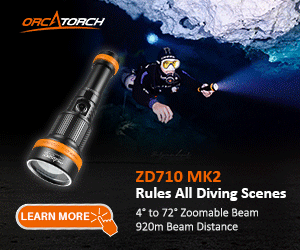Thanks good input and appreciated. I am after any improved reduction of microbubbles/decompression stress; even if very small ['hardly anything'] I want, no need, such a reduction due to previous injuries, age, decades of deep dives and current dive profiles to NDL. Unlike others on this forum who use 36% or 32% 'back-gas' even though EAN certified and having dived it in 80s, I currently only dive 21%.
My dive depths preclude using EAN and getting an EAN fill where I live would involve a 9 hour drive. I have a compressor for 21% fills and no intent or ability to mix my own EAN.
Yes, I concur dive shallower, use EAN as primary/safety stop gas and give a buffer from NDL would be another way to accomplish bubble reduction and possibly elimination. But, other than backing off NDL the other options do not fit why and how I dive.
My proposal to use EAN at safety stop when diving 21% is not a new concept and has been recognized as benefit for a long time. But I do not say or recommend that anyone else do what I plan on doing. You have mentioned other means to accomplish my objective and I do appreciate that perspective and suggestions. Again, let each diver decide how they conduct their dives.
Will add a perspective. You mentioned using EAN on safety stop as a "poor attempt to get rid of it in the final moment"; I understand what you said and meant, but consider that any reduction of tissue or blood nitrogen gradient that is above Pp pressure at surface benefits the diver and reduces the chance of asymptomatic injury. The final moment, surfacing, is the crucial decompression moment.
Thanks again, exchange was helpful for me.



